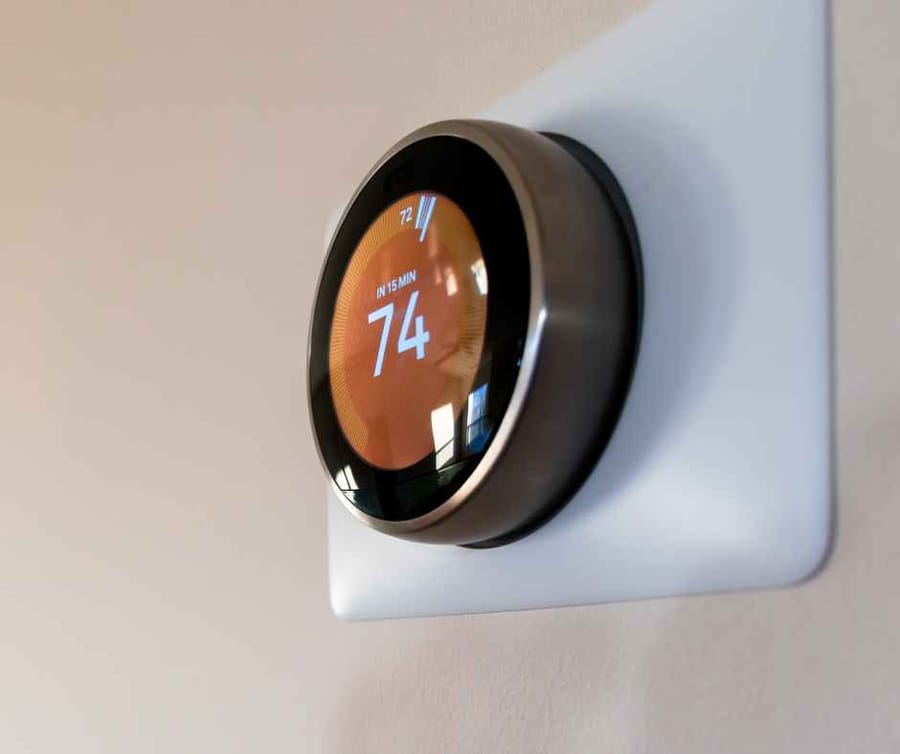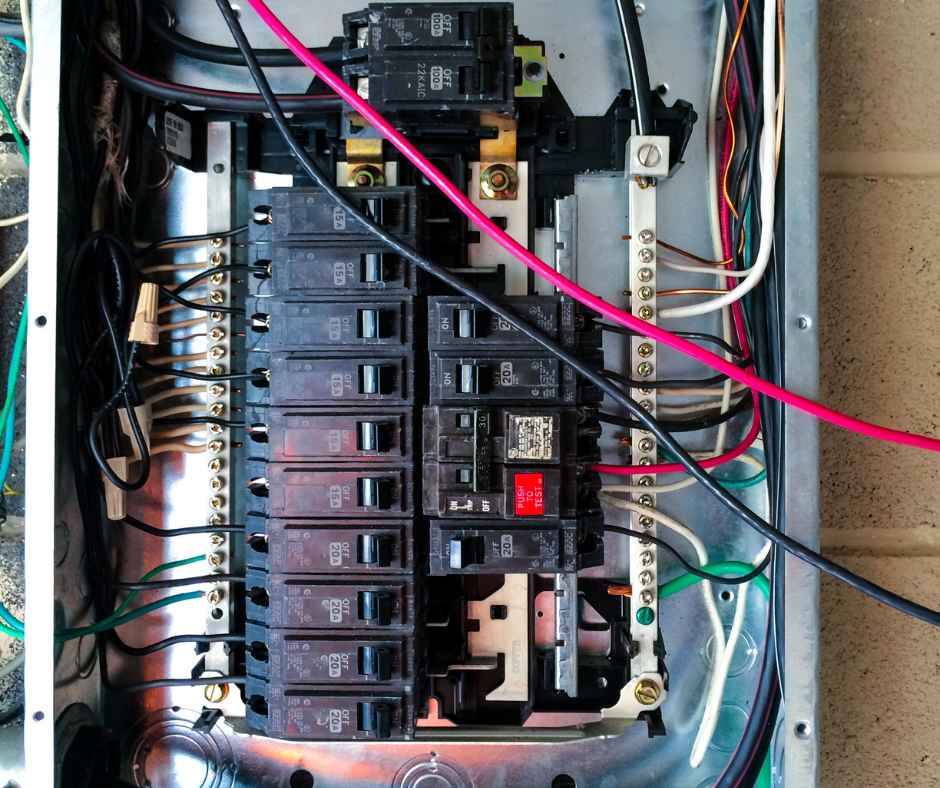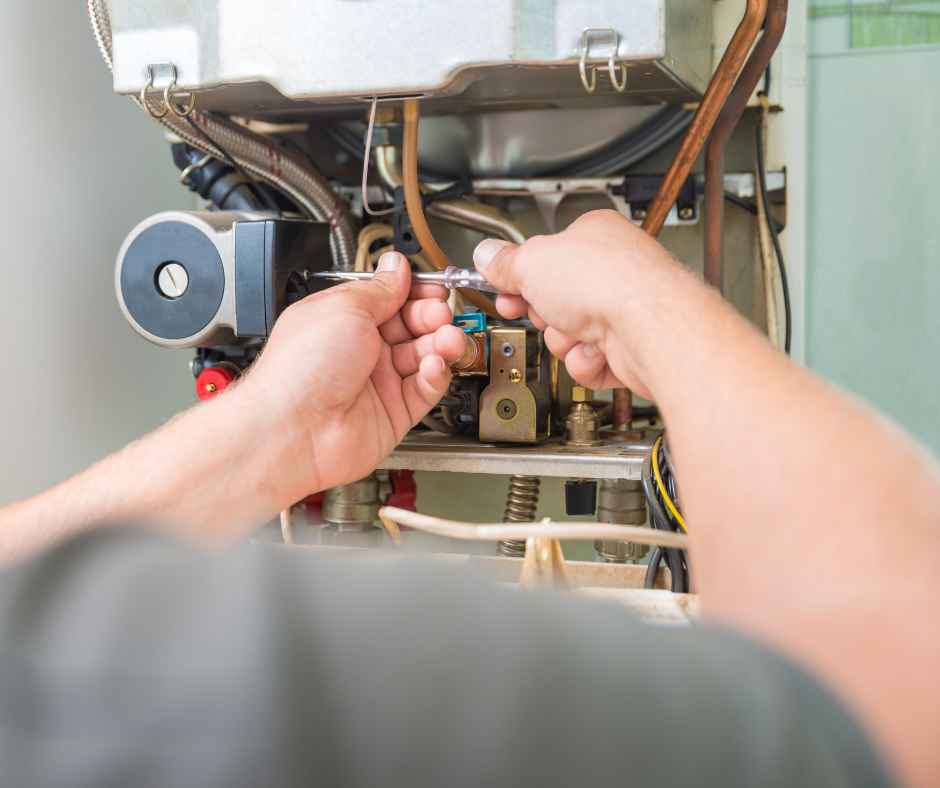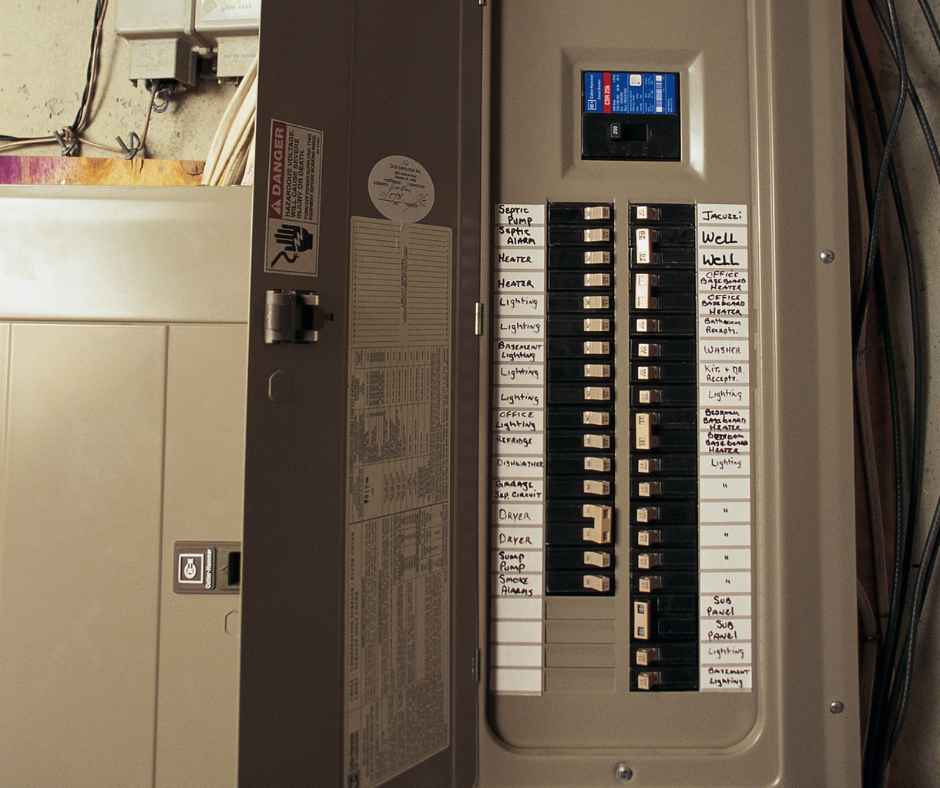Serving Colorado Springs & Surrounding Areas
Smart Thermostats: Are They Worth It, and Which Features Actually Save You Money?

Smart thermostats have quickly become one of the most popular home technology upgrades—and it’s easy to see why. With promises of energy savings, convenience, and greater control over your indoor comfort, these devices offer a modern solution to an age-old problem: wasting energy when heating and cooling your home. But are they truly worth the investment, or are they just another shiny gadget that sounds better than it performs?
For many homeowners, the answer depends on how the thermostat is used and which features it offers. The key lies in understanding what actually saves money versus what’s just added fluff. In this blog, we’ll walk through the real benefits of smart thermostats, how they can reduce energy costs, and what to look for if you’re considering one for your home.
Are Smart Thermostats Worth It?
Smart thermostats are designed to learn your routines, adjust temperatures automatically, and give you greater insight into how you use energy. Unlike traditional thermostats, which rely on manual settings and fixed schedules, smart thermostats offer flexibility and automation that can result in real energy savings—especially for busy households or those with irregular routines.
The appeal of a smart thermostat goes beyond just convenience. Heating and cooling account for nearly half of a home’s energy use, making it one of the most impactful areas where smarter control can save money. By learning when you’re home or away, adjusting temperatures accordingly, and factoring in real-time weather data, a smart thermostat can prevent your HVAC system from working harder than necessary.
However, the actual value depends on how the thermostat is used and how consistent your household habits are. A smart thermostat that’s installed but never programmed won’t offer much benefit. But for homeowners who use its learning features, scheduling tools, and remote access, it can make a noticeable difference in both comfort and monthly energy bills.
Left unaddressed, inefficient temperature control can lead to wasted energy, higher costs, and wear and tear on your HVAC system. That’s where smart thermostats prove their worth—by bridging the gap between energy efficiency and ease of use.
Key Signs You’ll Benefit From a Smart Thermostat
Smart thermostats can be incredibly effective, but they aren’t a one-size-fits-all solution. Certain household habits, system setups, and comfort needs tend to see more noticeable benefits. If you fall into any of the following categories, a smart thermostat could be a game changer for your home’s comfort and efficiency.
You Have an Inconsistent Daily Schedule
If your family’s daily routines vary—between work, school, errands, and weekend plans—it’s hard to program a traditional thermostat to keep up. A smart thermostat, however, adapts to your schedule automatically. It learns when people are home and adjusts the temperature accordingly, reducing waste without you having to think about it.
You’re Away From Home Often
Homes that sit empty for long hours during the day, or frequently go unused while the household is on vacation, can benefit significantly. Smart thermostats use geofencing or scheduling to lower the temperature when you’re not around and bring it back to comfort levels before you return. This alone can lead to measurable savings over time.
You Want More Control Over Energy Usage
If you’re energy-conscious and like to monitor usage, a smart thermostat gives you insight that manual models never could. With energy reports and usage breakdowns, you’ll be able to spot patterns, make small adjustments, and optimize how your system runs—something that’s simply not possible with older thermostats.
You’ve Upgraded to a High-Efficiency HVAC System
Installing a high-efficiency HVAC system is a great step toward reducing energy bills—but without a smart thermostat, you may not be maximizing its full potential. Smart thermostats help these systems work more efficiently by avoiding unnecessary cycles, fine-tuning operation based on outdoor weather, and tailoring performance to your habits.
Why Traditional Thermostats Fall Short
Many of the inefficiencies homeowners experience are rooted in how traditional thermostats operate. Manual thermostats require you to remember to make adjustments throughout the day. Programmable ones rely on fixed schedules, which don’t always reflect real-world changes—like getting home early or staying out late.
These systems also lack the ability to provide feedback or track energy use, leaving homeowners in the dark about how their settings impact utility bills. Without the help of smart learning features, it’s easy to unknowingly overheat or overcool your home. Over time, this can lead to higher bills, unnecessary HVAC wear, and reduced indoor comfort.
Smart thermostats solve this by combining automation, learning algorithms, and app-based controls. They don’t just respond to your commands—they anticipate your needs, making ongoing adjustments to save energy and improve comfort with minimal input from you.
Which Smart Thermostat Features Actually Save You Money?
Not all smart thermostat features are created equal. While many offer convenience and high-tech appeal, only a handful directly impact your energy savings. The key to getting the most out of your investment lies in understanding which features make a functional difference—and which ones simply add luxury without lowering your bills.
Energy-Saving Features That Actually Work
Some features are specifically designed to optimize how your HVAC system runs, saving energy without sacrificing comfort. One of the most effective is geofencing, which uses your phone’s location to adjust the temperature automatically when you leave or return home. This ensures you’re not cooling or heating an empty house, all without lifting a finger.
Another standout feature is learning algorithms. These allow the thermostat to analyze your daily habits and make automatic adjustments based on your behavior. Over time, it becomes more efficient at predicting your needs, which helps reduce energy use during times you’re not home—or even asleep.
Remote access is another practical tool. Whether you’re at work, on vacation, or just relaxing on the couch, being able to change your home’s temperature settings from your smartphone can help prevent unnecessary energy use. It also gives peace of mind if you forget to adjust the thermostat before leaving the house.
Most smart thermostats also include energy usage reports, which provide feedback on your HVAC system’s performance. These reports help identify times of peak usage and offer suggestions to improve efficiency, giving you actionable insights that lead to long-term savings.
Finally, smart scheduling combines all of these tools—your habits, local weather, and system capacity—to create a tailored schedule that maximizes comfort while using as little energy as possible.
Nice-to-Have Features That Don’t Affect Your Bills
Some features might sound appealing but don’t contribute much to real-world savings. For instance, voice control integrations with Alexa, Google Assistant, or Siri are great for convenience but don’t reduce how much energy you use. Similarly, sleek touchscreen displays and high-end design elements can drive up the cost without adding any real functionality.
Features like custom automation routines may sound helpful but can quickly become overwhelming or even counterproductive if misused. While they offer personalization, they can also lead to inefficient operation if not set up properly.
When choosing a smart thermostat, it’s important to focus on features that work for your lifestyle and energy-saving goals—not just the ones that look the coolest.
DIY vs. Professional Smart Thermostat Installation
Installing a smart thermostat might seem like a simple weekend project—and for many homeowners, it can be. However, whether you should tackle the job yourself or call in a professional depends on your HVAC system, your comfort with wiring, and how complex your home setup is.
DIY Installation Tips
If your HVAC system is compatible and you’re relatively handy, installing a smart thermostat yourself can save you some money. Most modern thermostats come with detailed instructions, color-coded wiring guides, and even step-by-step videos to make the process easier. One of the first things to check is whether your current setup includes a C-wire (common wire), which provides continuous power to the thermostat. Many smart models require it, and not having one can complicate installation.
Once you’ve confirmed compatibility, make sure you turn off power to the HVAC system at the breaker before starting. Carefully remove the old thermostat, label the wires, and connect them to the new one according to the included guide. After mounting the device and restoring power, you’ll go through setup via the app, which usually walks you through Wi-Fi connection and scheduling options.
If everything goes smoothly, a DIY install can be done in under an hour—and you’ll immediately have more control over your energy use.
When to Call a Professional
However, not every installation is straightforward. If your system lacks a C-wire or uses multi-stage heating and cooling, you’re better off calling a professional. Some homes also have heat pump systems or zoned HVAC setups, which may require special wiring or configuration. Trying to force an incompatible thermostat can result in HVAC malfunctions, poor performance, or even system damage.
Professional installers not only ensure the thermostat is wired correctly—they can also walk you through the setup process and show you how to make the most of your new features. If you’re planning to integrate your thermostat into a broader smart home system, such as lighting, security, or voice assistants, a professional can ensure everything works seamlessly from the start.
Ultimately, if you’re unsure, it’s better to invest in professional help upfront than deal with costly mistakes later.
Tips to Maximize Energy Savings With a Smart Thermostat
Installing a smart thermostat is a great first step—but getting real value means using its features thoughtfully and consistently. These devices are designed to be proactive, but they still need input and smart habits from homeowners to deliver their full energy-saving potential.
One of the best things you can do is personalize the default settings. Many thermostats come pre-programmed with generic schedules, but these may not reflect your actual routine. Take time to review your daily patterns and adjust the heating and cooling times to match when you’re home, asleep, or away. Fine-tuning your schedule will reduce unnecessary run time and create more efficient temperature control.
Rather than setting a specific temperature point, try using temperature ranges. For instance, instead of locking in 70°F all day, allow a range between 68°F and 72°F. This flexibility gives your HVAC system room to work more efficiently without major swings in comfort.
Another often overlooked feature is vacation or away mode. If you’re leaving town for more than a day or two, activating this setting will automatically reduce energy use while keeping your home protected from extreme temperatures. Some thermostats also let you set a return time, so your home feels just right when you walk back in the door.
Don’t forget to check seasonal schedules. What works in the winter won’t be ideal for summer. Reviewing and updating your settings every few months ensures your system runs efficiently year-round.
Finally, use the energy usage reports your thermostat provides. These insights can help you identify patterns of overuse, highlight areas where you can make changes, and even show how your usage compares to similar homes. Taking the time to understand these reports and applying their suggestions can lead to steady, long-term savings.
While smart thermostats can do a lot on their own, pairing them with smart usage habits ensures you get the most out of your investment.
Wrap-Up: Conclusion and CTA
Smart thermostats have earned their reputation as one of the most effective tools for improving home energy efficiency—but only when used correctly. With the right features and a little customization, they can offer significant savings on heating and cooling costs while making your home more comfortable and convenient to manage.
By learning your schedule, adapting to your habits, and giving you remote access and insights, these devices go far beyond what traditional thermostats can offer. And while some of the tech extras may not directly impact your utility bill, the core functions of a smart thermostat—automation, learning, and energy tracking—absolutely can.
Whether you’re looking to reduce energy waste, upgrade your HVAC control, or take the first step toward a smarter home, a smart thermostat is a smart investment. Just make sure you’re choosing the right model and installing it properly for the best results.
Ready to get started? Contact WireNut Home Services today. Our team can help you choose the best smart thermostat for your home, handle smart thermostat installation, and show you how to use it for maximum comfort and savings.




